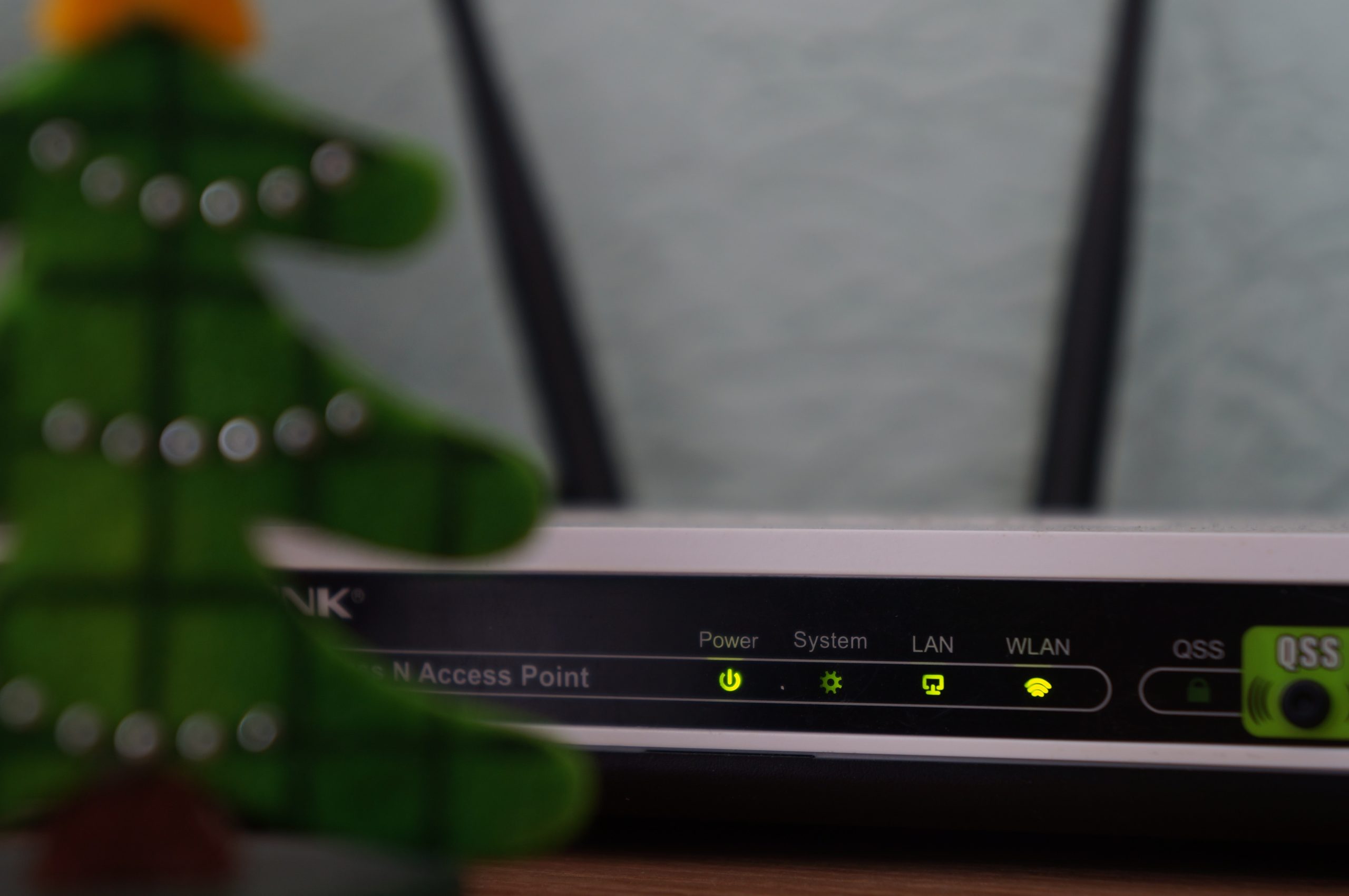In today’s digital age, securing your home Wi-Fi network is more critical than ever. A compromised Wi-Fi network can result in hackers gaining access to your personal information, financial data, and even control of your connected devices. In this article, we will discuss the steps you can take to secure your home Wi-Fi network and keep hackers out.
- Change the Default Password
When you set up your Wi-Fi router, it comes with a default password. Hackers can easily find the default passwords online and gain access to your network. To avoid this, change your password to a strong, unique password that includes a mix of letters, numbers, and symbols.
- Enable WPA2 Encryption
Wireless networks can be encrypted, which means that the data transmitted over the network is protected from eavesdropping. WPA2 encryption is the most secure type of encryption available for Wi-Fi networks. Make sure to enable it on your router to protect your network.
- Change the Network Name
The name of your network is known as the Service Set Identifier (SSID). By default, your router’s SSID may contain information about the router brand or model, making it easier for hackers to identify your network. Change the SSID to something unique that does not reveal any information about your router.
- Disable Remote Management
Remote management allows you to manage your router from anywhere on the internet. However, this feature can also be exploited by hackers to gain access to your network. Disable remote management unless you absolutely need it.
- Keep Your Router Firmware Updated
Router manufacturers regularly release firmware updates that contain security patches and bug fixes. Keep your router firmware updated to ensure that your network is protected from the latest security vulnerabilities.
- Enable MAC Address Filtering
Every device on your network has a unique MAC address. By enabling MAC address filtering, you can create a list of approved devices that can connect to your network. This adds an extra layer of security to your network by preventing unauthorized devices from connecting.
- Disable WPS
Wi-Fi Protected Setup (WPS) is a feature that allows users to quickly connect devices to their Wi-Fi network without entering the password. However, WPS can also be exploited by hackers to gain access to your network. Disable WPS to avoid this risk.
- Use a Guest Network
If you have guests over, consider creating a separate guest network for them to use. This network should have a different password and limited access to your primary network. This way, your guests can access the internet, but their devices will be isolated from your network.
Securing your home Wi-Fi network is essential to protect your personal information and devices from hackers. By following the steps above, you can make your network more secure and less vulnerable to cyber threats. Remember to keep your router firmware updated, use strong passwords, and enable encryption to keep your network safe. With these measures in place, you can enjoy the benefits of a connected home without compromising your security.
